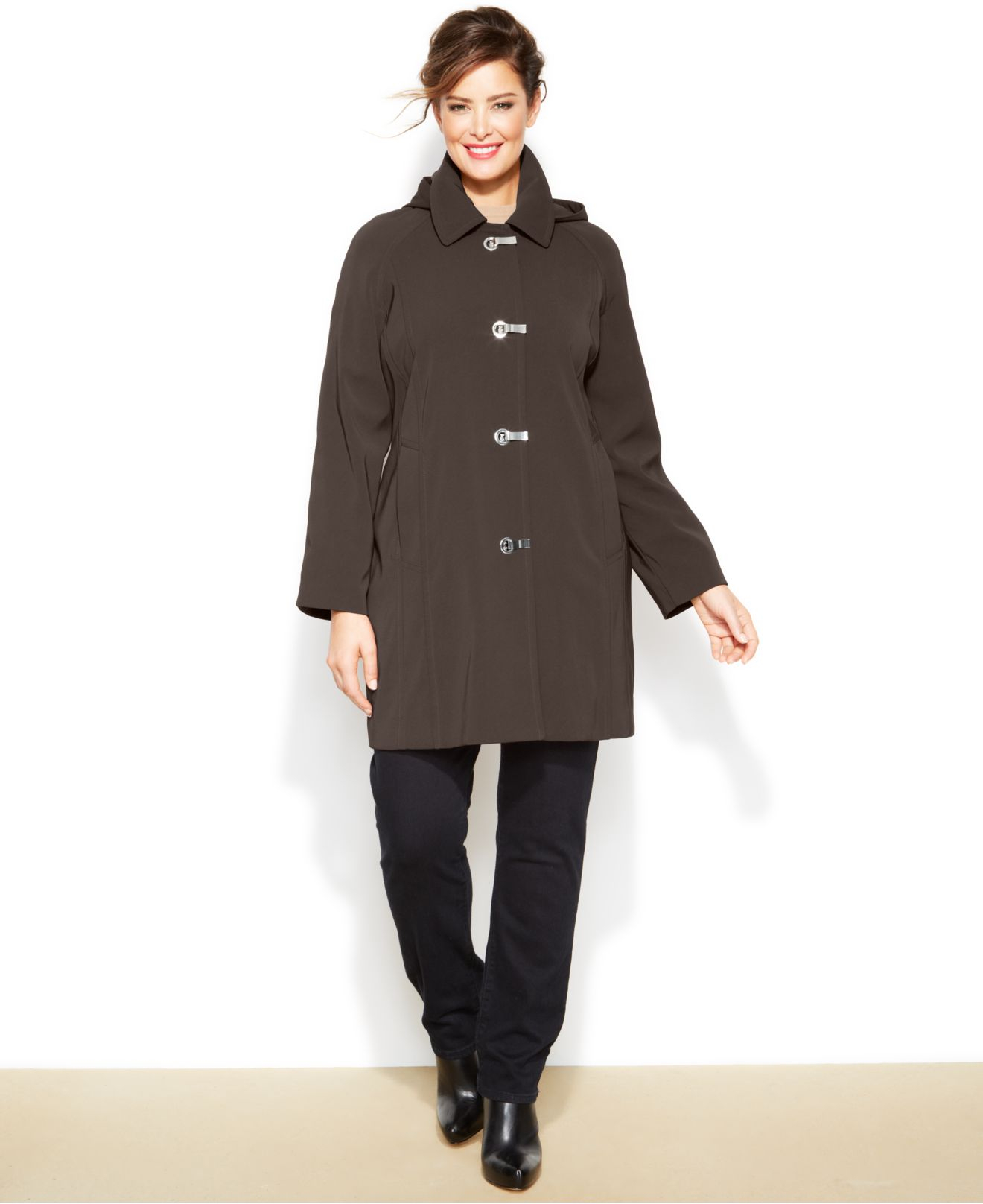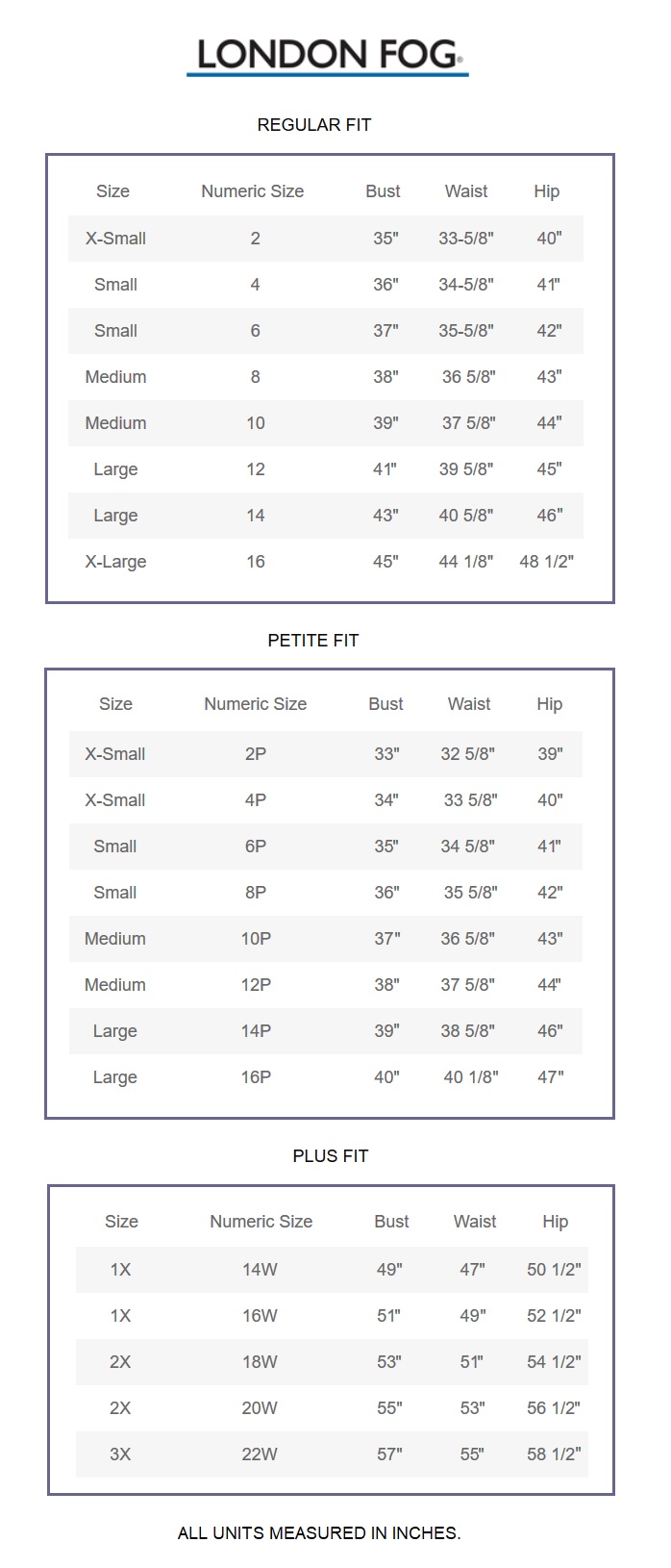

In a similar short story, “The Doom of London” (1892), Robert Barr compares a deadly fog to “one vast smothering mattress pressed down upon a whole metropolis.”Ĭorton also discusses the book that Peter Ackroyd has called “the greatest novel of London fog,” Robert Louis Stevenson’s “The Strange Case of Dr. 1942” depicts London’s population choking to death beneath a smog caused by rampant urban industrialism. Published in 1880, William Delisle Hay’s “The Doom of the Great City: Being the Narrative of a Survivor, Written A.D. Writers of early science fiction also used fogs as a method of mass destruction. Above all, though, she tracks the metaphorical use of fog in English literature, beginning with a superb chapter on “Dickensian gloom,” in which she discusses “The Old Curiosity Shop,” “Bleak House,” “Martin Chuzzlewit” and “Our Mutual Friend.”įor many writers, she notes, fog “became a symbol for the threat to the clear outlines of a hierarchical social order as it dissolved moral boundaries and replaced reassuring certainties with obscurity and doubt.” In novel after novel, fogs led to “social peril, immorality, crime, and disorder”: In the blackness, proprieties fell away, while thieves and murderers could strike with impunity and simply vanish. Her book is packed with newspaper illustrations, reproductions of hazy, impressionistic paintings by Whistler and Monet, many photographs, and even stills from films about Jack the Ripper and Sherlock Holmes. Only in 1956 were sufficient laws passed to forestall further visits from “King Fog.”Īlong with historical accounts of the city’s fogs, Corton looks closely at their representation in art and literature. Plants withered.īy the 20th century, periodic attempts were underway to eliminate the emissions that gave rise to fog, but industrialists resisted any technological changes that might cost them, no matter what the harm to people or the environment. The soiled air would seep into houses through doors and windows, coating furniture and clothes with an oily, slightly gritty smut.

Besides yellow and brown, fogs were described by Victorians as “gray yellow, of a deep orange, and even black.”ĭuring severe and long-lasting fogs, the atmosphere’s filth would enter people’s mouths and lungs, so that cabdrivers would spit out gobs of phlegm and drink whiskey to clear their throats.

A bad fog was a “pea-souper” or, later, a “London particular” (originally a term denoting a kind of brown Madeira wine). Sulfurous elements gave the miasma a yellowish tinge like that of pea soup (then usually made from dried yellow split peas, not green ones). London’s fogs mostly resulted from the gritty smoke of domestic coal fires and “the noxious emissions of factory chimneys,” coupled with the right atmospheric wet and stillness. Sometimes, the well-to-do would be led helplessly into alleys and robbed. An 1892 study concluded that between 18 there were, on average, 63 foggy days per year.ĭuring these periods of gloom, “linklighters” - street urchins carrying homemade torches - would guide gentlemen and ladies through the darkness for a charge. By the time Queen Victoria came to the throne in 1837, dense fogs could make travel, whether by foot or horse-drawn carriage, almost impossible - and the adverse conditions could persist for days. Corton reminds us in “London Fog: The Biography,” England’s capital “has always been susceptible to mist and murk.” As early as the 17th century, the diarist and gardener John Evelyn was complaining about the increasing problem, blaming lime kilns for poisoning the atmosphere. This was 19th-century air pollution: thick, malodorous, yellow or black - and almost smothering.Īs Christine L. Yet as early as 1853, in the opening pages of “Bleak House,” Charles Dickens refers to “implacable November weather” and goes on to describe “smoke lowering down from chimney-pots, making a soft black drizzle with flakes of soot as big as full-grown snowflakes - gone into mourning, one might imagine, for the death of the sun.” There is, he says, “fog everywhere” - and not the soft, dove-gray cloudiness we might imagine. During the Victorian era, the worst London fogs occurred in the 1880s and ’90s, most often in November.


 0 kommentar(er)
0 kommentar(er)
